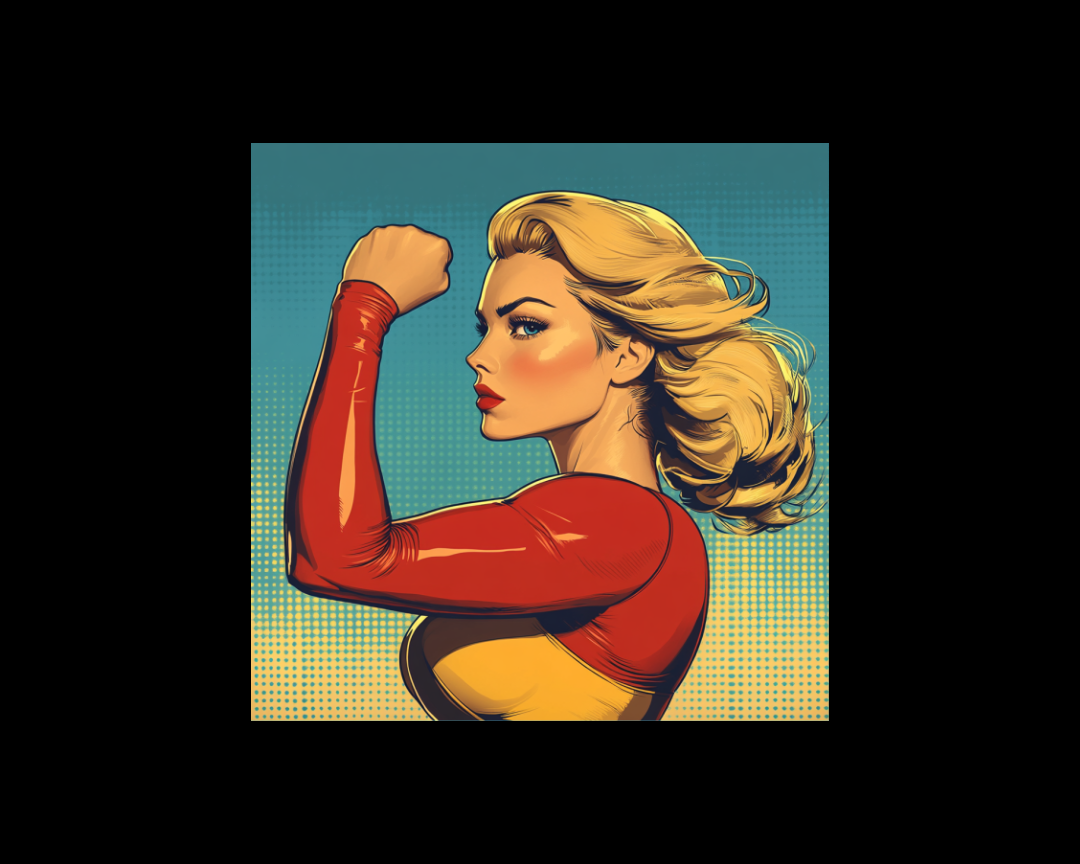Powerful Words: Illustrated by Bizarre and Fantastical Literature
Words have the power to shape realities, evoke emotions, and transport us to worlds beyond our imagination. In this article, we'll explore a...
.png)
Imagination is a wondrous force that has the ability to create entire worlds and characters from the depths of our minds. It's a tool we often associate with childhood, where imaginary friends roam freely through young minds.
But what if I told you that the concept of imaginary friends holds the key to unlocking rich, multi-dimensional characters in the realm of writing?
Welcome to the conspiracy of imaginary friends, where the power of the mind meets the craft of storytelling.
Imaginary friends are the product of a fertile imagination at work. They're the playmates, confidants, and companions of children who possess the remarkable ability to conjure vivid personalities out of thin air.
While some may dismiss these imaginary friends as mere childhood whimsy, researchers have delved into their significance.
Studies have shown that imaginary friends can enhance social skills, emotional intelligence, and creative thinking in children. These invisible allies offer a glimpse into the untamed potential of the human mind.
Imagination is the brain's playground, where creativity, empathy, and innovation take center stage. The process of creating an imaginary friend involves various cognitive processes, such as perspective-taking, empathy, and the ability to generate narratives. This intricate web of mental activities offers insights into how our brains sculpt the characters that inhabit our stories.
Writers, too, harness the same mental mechanisms that give rise to imaginary friends.
Just as children build intricate backstories and personalities for their made-up companions, authors delve deep into the minds of their characters.
Imagination is the cornerstone of character development. It allows writers to explore the hidden layers, desires, fears, and motivations that breathe life into characters on the page.
To create characters that leap off the page, writers can draw inspiration from the same wellspring that births imaginary friends. Here's how:
Immerse yourself in your characters' experiences. Channel the same empathetic connection that conjures imaginary friends to infuse authenticity into your characters' emotions and actions.
Just as children create stories for their imaginary friends, weave compelling narratives for your characters. Delve into their pasts, motivations, and personal histories to create multi-dimensional beings.
Give your imagination free rein. Let it roam through the landscapes of possibility. What if your character had an imaginary friend? How did that connection shape their worldview?

Just as children bestow distinct voices upon their imaginary friends, imbue your characters with unique voices and perspectives. Let them speak with authenticity, revealing their individuality.
Much like the layers of complexity children attribute to their fictional companions, build layers of depth in your characters. Their contradictions, flaws, and vulnerabilities mirror the intricacies of real people.
The conspiracy of imaginary friends unveils the powerful synergy between childhood imagination and the art of writing. As writers, we can tap into the same creative wellspring that forms imaginary companions to craft characters that resonate with readers on a profound level.
So, next time you ponder the enchanting world of imaginary friends, remember that they're not just a childhood fantasy but a key that unlocks the door to masterful storytelling.

Words have the power to shape realities, evoke emotions, and transport us to worlds beyond our imagination. In this article, we'll explore a...
.png)
The use of metaphors came up during a conversation earlier this month, and the topic sparks debate among the copywriting community. There are those...
.png)
Urban legends, those chilling tales whispered in hushed tones around campfires and shared in late-night conversations, have a peculiar way of...